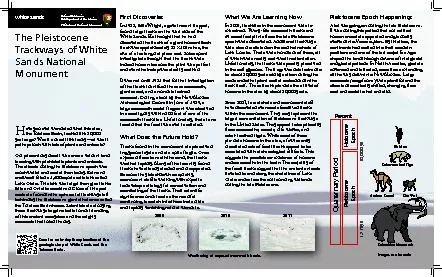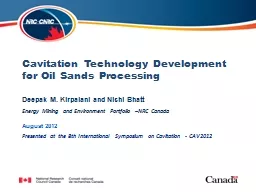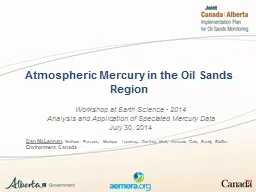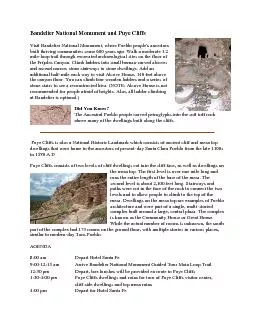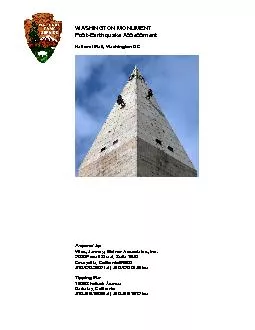PDF-White Sands National Monument
Author : trish-goza | Published Date : 2015-11-18
ave you ever wondered what this area the Tularosa Basin looked like 30000 years ago Was it a desert like today151or was it perhaps lush with lots of plants and animals
Presentation Embed Code
Download Presentation
Download Presentation The PPT/PDF document "White Sands National Monument" is the property of its rightful owner. Permission is granted to download and print the materials on this website for personal, non-commercial use only, and to display it on your personal computer provided you do not modify the materials and that you retain all copyright notices contained in the materials. By downloading content from our website, you accept the terms of this agreement.
White Sands National Monument: Transcript
Download Rules Of Document
"White Sands National Monument"The content belongs to its owner. You may download and print it for personal use, without modification, and keep all copyright notices. By downloading, you agree to these terms.
Related Documents

